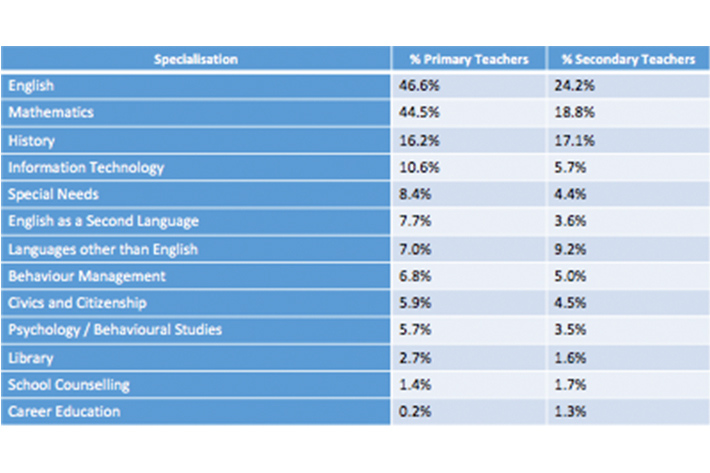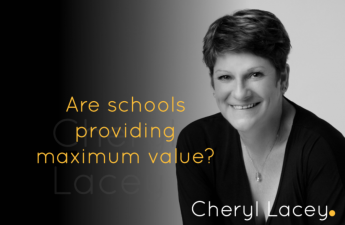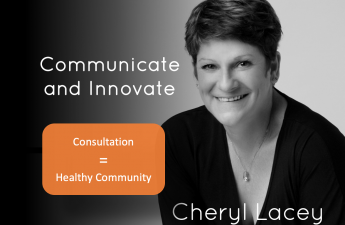The word ‘teacher’ can be traced back to the Greek term deiknumi, which means ‘to point out’ or ‘to show’. Great philosophers, including Aristotle, Socrates, Confucius and, more recently, Rudolf Steiner, were educators and private tutors of the highest order. Their work was to understand and ‘to point out’ what it is to be human, and how to live a peaceful and fulfilling life. They concerned themselves with issues of ethics, spirituality, wisdom, faith, politics and tradition.
Over time, learning with a trusted, private tutor-philosopher, has evolved into the teaching of students en masse in formal places of learning – schools.
What exactly was to be taught in these places, and who would be qualified to teach there, have also gone through an evolutionary process. The consequence: the introduction of formal qualifications, and of teaching as a profession.
Are teachers today anything like the great philosophers of the past? Do they concern themselves with issues of ethics, spirituality, wisdom, faith, politics and tradition?
The word ‘teacher’ can be traced back to the Greek term deiknumi, which means ‘to point out’ or ‘to show’.
A 2014 report on the National Teaching Workforce[1] provided statistics on the qualifications held by those in the teaching profession. Of 45 subject specialisations – meaning those requiring study for 3 years or more – politics was studied by less than 3% of student teachers and religious studies was studied by less than 20% of student teachers. Ethics, spirituality and tradition were not listed.
Consider these issues as well:
· Every subject area involves the need to read, write, speak, listen or record one’s thinking. Yet less than 50% of Australian teachers have English as a specialisation.
· Schools receive financial loadings to cater for students who speak a language other than English. Yet less than 10% of teachers are qualified to teach these students, and less than 10% of teachers have themselves studied a second language.
· Schools receive financial loadings for children with special needs. Less than 9% of teachers, however, are qualified in special education.
· Students are allegedly being prepared for the 21st century, and for a technology-centred future. Yet less than 11% of teachers are qualified to teach Information Technology and less than 1% of teachers are qualified in career education.
· The Safe Schools Program – an anti-bullying program that includes gender and sexuality education – is available nationally. However, less than 7% of teachers are qualified in behaviour management, less than 6% are qualified in psychology, and less than 6% are qualified in civics and citizenship.
What are our teaching professionals qualified to teach? Are they educators of the highest order?
If ‘teacher’ is connected with deiknumi, which means ‘to point out’ or ‘to show’, and if a profession is a paid occupation that involves prolonged training and formal qualifications, then what do these figures tell us about our teaching profession?
Over time, learning with a trusted, private tutor-philosopher, has evolved into the teaching of students en masse in formal places of learning – schools. What is taught in schools and who is qualified to teach there have most certainly gone through an evolutionary process.
What are our teaching professionals qualified to teach? Are they educators of the highest order?
Despite increased investment in schools, the introduction of a national curriculum and national testing, and a consistent focus on student outcomes, these figures indicate relevant qualifications in specialised areas are sparse.
Could it be that, despite the introduction of formal teaching qualifications, Australia is becoming a knowledge-less society?
And, despite the claims, is teaching in the 21st century really a profession?
Copyright © 2018 Cheryl Lacey All rights reserved.
Parent, educationist and advocate of agitating change in Australian education. By raising the bar we can face any global challenges facing Australia and Australians.
Contact me at cheryl@cheryllacey.com to learn how we can work together.




